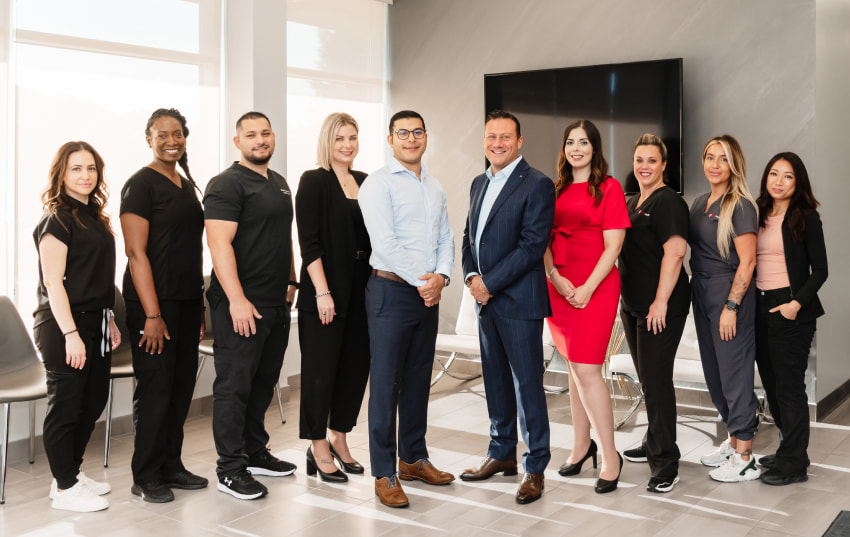Varicose Vein Treatment
The Best Course of Action
There are many treatments for varicose veins or milder spider veins, and no single treatment is universally superior to others. The best course of treatment is often arrived at together by discussing the efficiency, effectiveness, and safety of treatment options. In many cases, treatment of varicose veins are combined to include both conservative lifestyle measures and minimally invasive procedures.
A venous ultrasound will be performed by our team of highly trained vascular sonographers prior to your consultation. Based on the ultrasound results, the vascular surgeon will be able to discuss what treatment option is best for you based on your concerns and your vascular pathology. Both your ultrasound and initial consultation with the Vascular Surgeon are covered by OHIP.
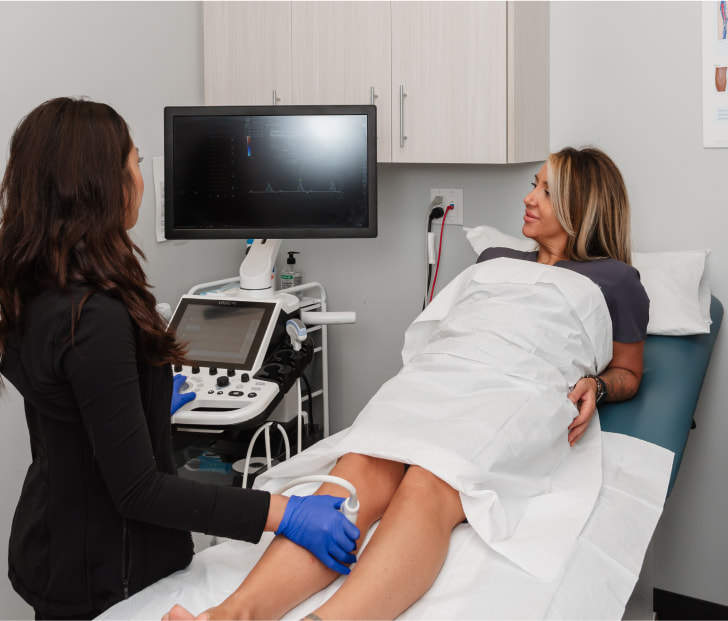
Conservative Lifestyle Measures
It is good practice to wear compression stockings every day to help prevent, manage, and treat varicose veins and swelling. Compression stockings gently squeeze the lower legs to prevent blood from gathering in one place. Compression stockings are also used after medical procedures to help with healing and recovery.
To get the best results, it is essential to be measured by a compression stocking expert, like the ones we have at One Vascular. You can also improve your overall vascular health by doing more cardiovascular exercise, like regular walks, or quitting smoking.
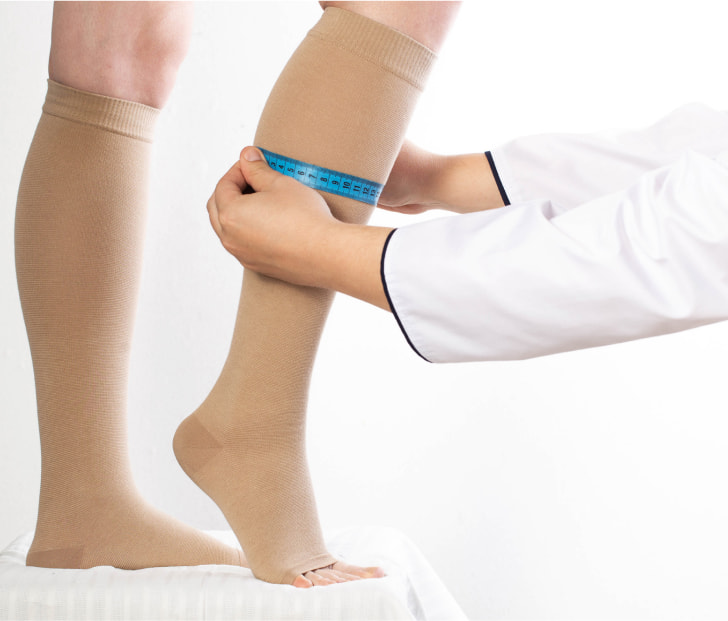
Endovenous Laser Therapy (EVLT) or Endovenous Laser Ablation (EVLA)
Varicose veins can become painful and unsightly without treatment. At One Vascular Imaging, we want our patients to feel good inside and out. Our vascular experts will work with you to create a personalized treatment plan that meets your needs and delivers exceptional results in a spa-like setting. Learn more about varicose veins and how One Vascular Imaging can help treat them.
Endovenous Laser Therapy (EVLT), which is also called Endovenous Laser Ablation (EVLA), represents a significant step forward in the treatment of chronic venous insufficiency. This innovative technique delivers laser energy through a small hole in your leg to close off the vein that’s causing problems.
With EVLT at One Vascular, you don’t need to worry about surgery anymore. Our highly trained team can perform the whole procedure in less than an hour. We know how important your comfort is, so you won’t feel any pain, and there’s no need to take time off afterward. Your journey to a life without varicose veins starts with us.
How is Endovenous Laser Treatment Performed?
Rest assured, your comfort is our top priority. First, we use local anaesthesia to numb your leg so you won’t feel anything. Then, we insert a thin laser fibre into the skin with a tiny needle and into the greater saphenous vein in your thigh. Your highly skilled doctor then uses it to deliver a beam of laser energy to close the vein.
We take a holistic approach at One Vascular, which means we look for and treat the root cause of the problem. Even if the varicose veins are below the knee, we look for the main issue, often a faulty valve higher up in the leg that is causing the bulging varicose veins below. EVLT specifically treats the affected vein without damaging surrounding tissue. Once the problematic vein is closed, the blood flow will be naturally redirected through the deep venous system.
Advantages of EVLT:
- Quick
- Minimally invasive
- Local anaesthetic
- Virtually painless
- +98% effective
- Out patient procedure
- No down time
Will There be Pain During the Procedure?
Although individual experiences may vary, most patients report little to no pain during their endovenous laser therapy treatment. Often, the only sensation felt is a little poke from the tiny needle.
What to Expect After the Procedure?
After the procedure, it’s normal to feel some tenderness, tingling, itching, or tightness in the treated leg, which should go away within a month. You can return to your regular activities right after treatment. Your physician will prescribe compression stockings, typically class three, as they are highly effective in supporting your legs before and after the procedure. We recommend walking as part of your recovery, but strenuous exercise should be avoided for a week or so.
Our dedication to your health doesn’t stop after the procedure. Studies on EVLT have shown a success rate of over 98%, which is even better than traditional surgical methods. At One Vascular, we stand behind our treatments and pledge to provide free corrective procedures if the treated vein reappears. Your satisfaction and health are our top priorities.
Long-Term Results
For those susceptible to venous insufficiency, we encourage you to consider the path to lasting results. Factors like excess weight, extended periods of standing or sitting, and a lack of exercise can contribute to the development of varicose veins. We’re here to support you in making positive lifestyle changes. Whether you modify your exercise routine, improve your diet, or establish a vein-friendly workplace regimen, your actions play a pivotal role in achieving long-term health and success.
At One Vascular, you are at the heart of everything we do. Your satisfaction, comfort, and health are our utmost concerns. Your dedicated One Vascular physician will work closely with you to determine if EVLT is the right choice for your specific situation. Often, we customize treatment plans by combining EVLT with other therapies to give you the best and longest lasting results. If you are concerned about your vein health, please reach out to us today! We are here to partner with you to improve your health, happiness, and overall quality of life.
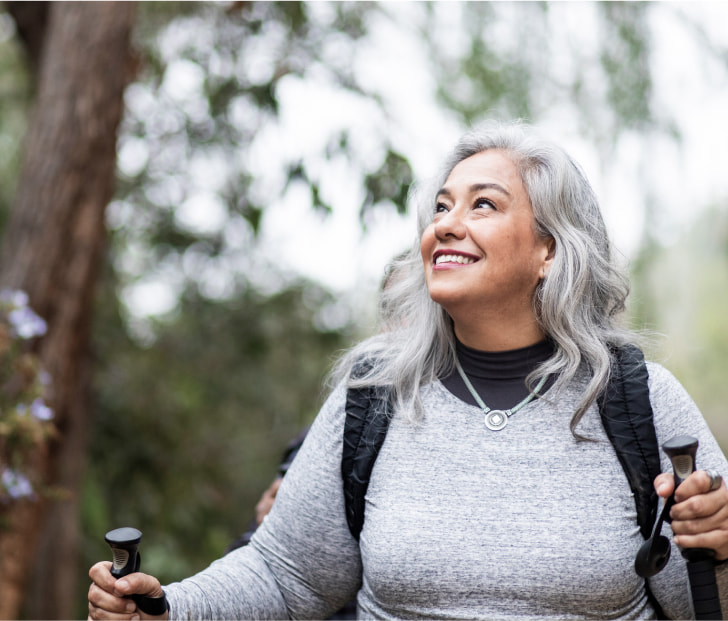
Sclerotherapy
Sclerotherapy involves injecting a saline-based liquid, called sodium tetradecyl sulfate, directly into the vein. The sclerotherapy solution irritates the vein wall, which causes the vein to collapse, forcing blood to reroute to healthier veins. Over time, the collapsed vein is reabsorbed into the body, eventually fading away. The procedure is brief and nearly painless.
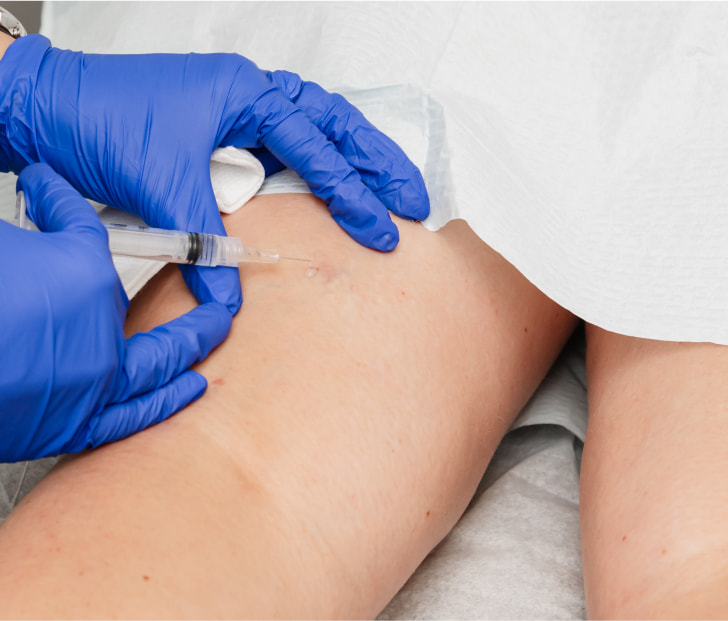
Surgical Ligation & Stripping
Vein ligation and stripping is a minor surgery used to remove severely damaged veins in the leg. Incisions (cuts) are made — one in the groin area (near the top of the damaged vein) and another around the thigh or calf (at the bottom of the vein). Next, a thin, flexible plastic wire is threaded through the groin incision. The wire is then tied to the vein (ligation) and pulled out through the cut in the lower leg (stripping). Further smaller cuts are made below the knee to remove the smaller branches of veins. After the surgery is complete, the incisions are stitched closed and wrapped with a compression bandage and compression stocking.
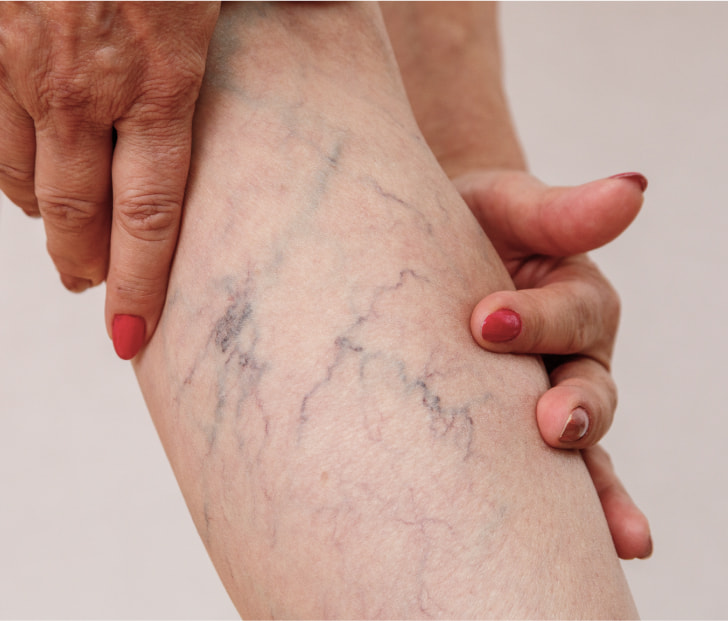
VenaSeal
VenaSeal is a minimally invasive, non-thermal procedure that delivers a small amount of medically formulated adhesive to seal or close a diseased vein. Guided by ultrasound, a catheter is placed into the vein. The medical adhesive is deployed into the vein via the catheter. Next, external light pressure is applied to the leg tracing the path of the vein to collapse the vein. The catheter is then removed, and a bandage is placed at the access site.
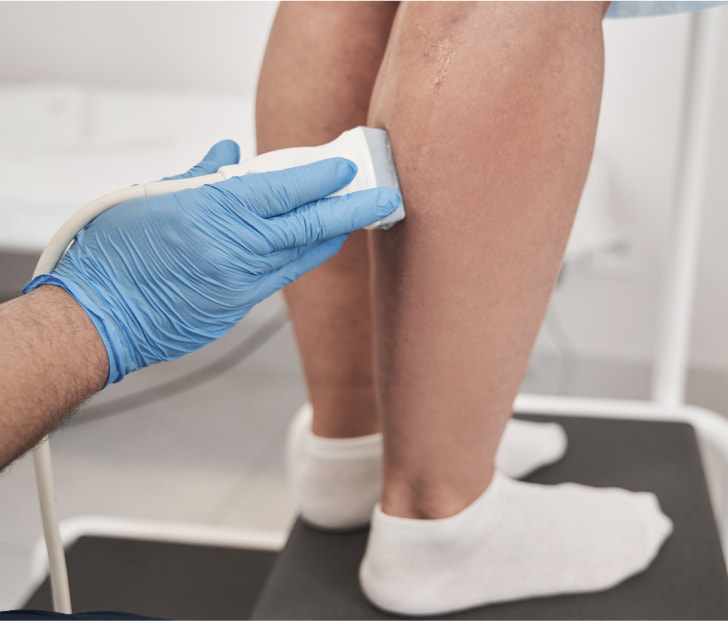
Book an Appointment With an Expert Today
If you have varicose veins and would like to explore treatment options together, get in touch with one of our experts for a consultation.
Contact Us